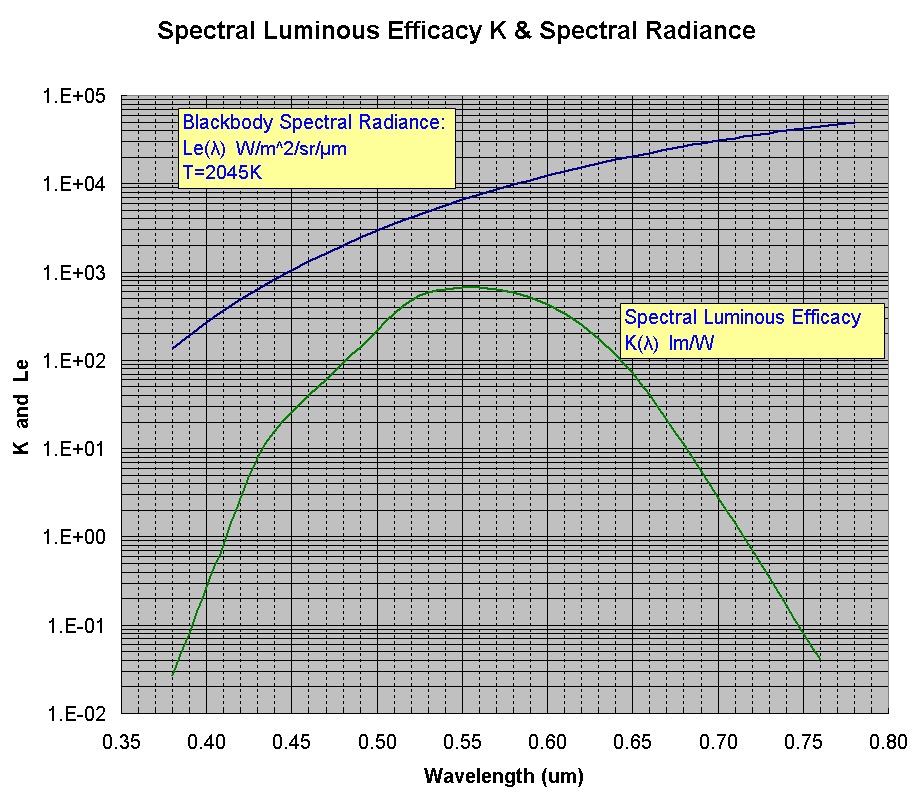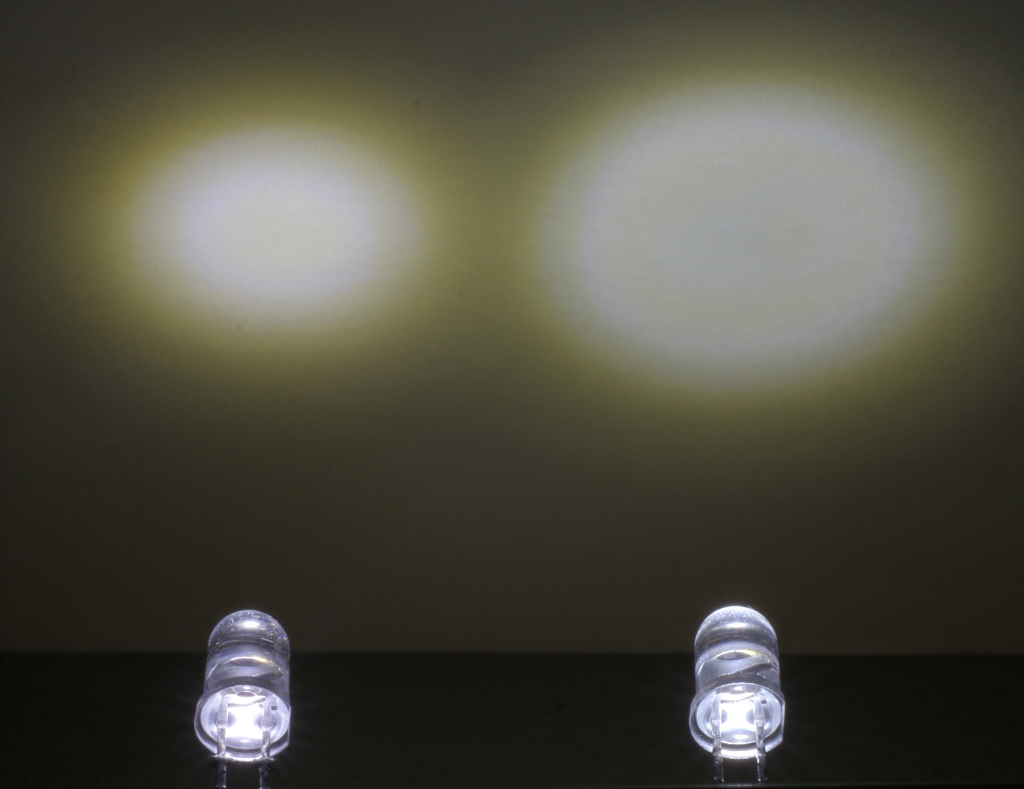

Photometric quantities Ĭomparison of photometric and radiometric quantities Mesopic vision occurs between these limits and is not well characterised for spectral response. Scotopic vision occurs below 2 × 10 −5 cd/m 2.

Photopic vision is characteristic of the eye's response at luminance levels over three candela per square metre. Photometry is typically based on the eye's photopic response, and so photometric measurements may not accurately indicate the perceived brightness of sources in dim lighting conditions where colors are not discernible, such as under just moonlight or starlight. The eye has different responses as a function of wavelength when it is adapted to light conditions ( photopic vision) and dark conditions ( scotopic vision). The standardized model of the eye's response to light as a function of wavelength is given by the luminosity function. Photometry attempts to account for this by weighting the measured power at each wavelength with a factor that represents how sensitive the eye is at that wavelength. The human eye is not equally sensitive to all wavelengths of visible light. The weightings are standardized by the CIE and ISO. Typically, this weighting function is the photopic sensitivity function, although the scotopic function or other functions may also be applied in the same way. In modern photometry, the radiant power at each wavelength is weighted by a luminosity function that models human brightness sensitivity. It is distinct from radiometry, which is the science of measurement of radiant energy (including light) in terms of absolute power. Photometry is the science of the measurement of light, in terms of its perceived brightness to the human eye. The photopic includes the CIE 1931 standard (solid), the Judd-Vos 1978 modified data (dashed), and the Sharpe, Stockman, Jagla & Jägle 2005 data (dotted). Annual sewage sludge fees, as per section 3745.11(Y) of the Ohio Revised Code, are based on the reported sludge fee weight for the most recent calendar year.Photopic (daytime-adapted, black curve) and scotopic (darkness-adapted, green curve) luminosity functions. tons, excluding admixtures such as liming materials or bulking agents. Sewage sludge fee weight means the weight of sewage sludge, in dry U.S. Single Phase Aerosol Air Freshener means an aerosol air freshener with the liquid contents in a single homogeneous phase and which does not require that the product container be shaken before use. Monitoring frequencies for sewage sludge parameters are based on the reported sludge weight generated in a calendar year (use the most recent calendar year data when the NPDES permit is up for renewal). tons, including admixtures such as liming materials or bulking agents.

Sewage sludge weight means the weight of sewage sludge, in dry U.S. Related to Coefficient of luminous intensityĬoefficient means a number that represents the quantified relationship of each variable to the assessed value of a property when derived through a mass appraisal process If the retro-reflective device is marked “TOP”, the position thus indicated is taken as the origin.E = Illumination of the retro-reflective device (lux)CIL = Coefficient of luminous intensity (millicandelas/lux) Angles are expressed in degrees and minutes.Ĭoefficient of luminous intensity shall be measured using the test method outlined in ASTM E-810 except that the coefficient of luminous intensity shall be determined in accordance with ASTM E-808 Para. If the retro-reflecting device is marked "TOP", the position thus indicated is taken as the origin.E = Illumination of the retro-reflecting device (lux)CIL = Coefficient of luminous intensity (millicandelas/lux)Angles are expressed in degrees and minutes. If the retro-reflective device is marked “TOP”, the position thus indicated is taken as the origin.E = Illumination of the retro-reflective device (lux)CIL = Coefficient of luminous intensity (millicandelas/lux)Angles are expressed in degrees and minutes. Examples of Coefficient of luminous intensity in a sentence


 0 kommentar(er)
0 kommentar(er)
